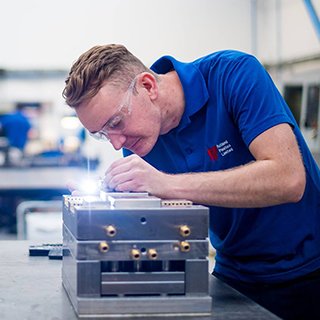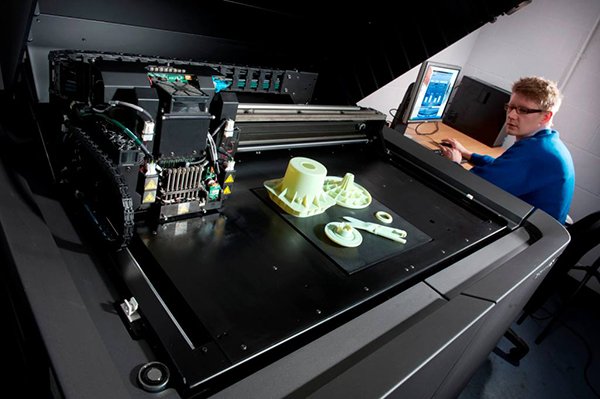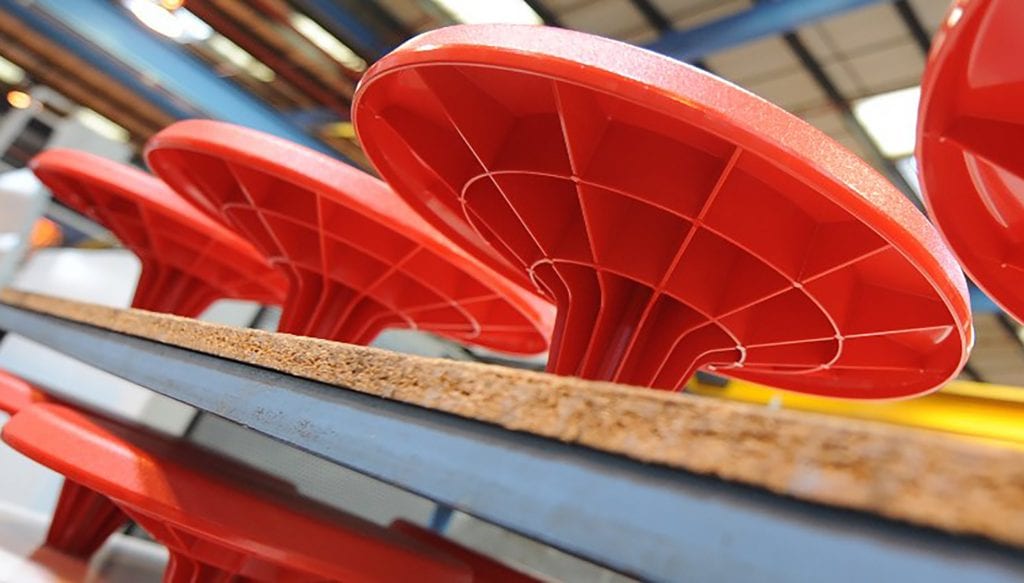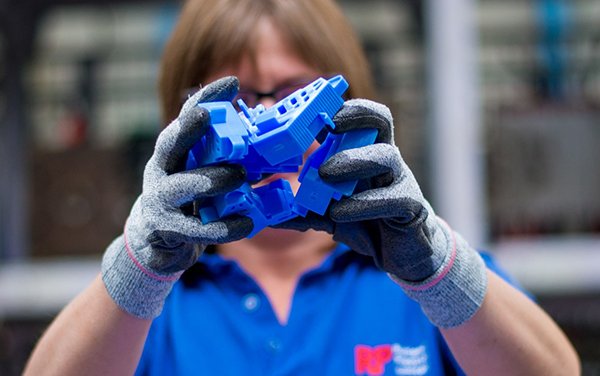Do you need your product injection moulded but don’t know where to start? We went to injection moulding experts, Rutland Plastics, to find out how.

Make it British are receiving more and more enquiries from designers about how and where to get their injection moulded products manufactured. We went to our Make it British member Rutland Plastics, a long established plastics business and experts in the field on injection moulding, to answer some frequently asked questions.
Who are Rutland Plastics?
We’re a family run business founded in 1956 and for more than 60 years we have worked in close partnership with customers and suppliers across a diverse range of industries providing design and manufacturing solutions.
During that time we have built up a reputation for technical know-how, quality and reliability. You could say injection moulding is in our DNA!
Injection moulding – what is it?
The plastic injection moulding process produces very large numbers of parts of high quality with great accuracy, very quickly and at low cost. In a nutshell, the process consists of plastic material in the form of granules, that are melted at high temperature until soft enough to be injected under pressure into a mould . The result is that the shape is exactly copied every time.

Can you give examples of products made in this way?
Lego is the most well known, but the list is endless. Almost everything plastic that you touch in a day is likely to be injection moulded from a toothbrush, to caps, light switches, keyboard and mouse to include larger items such as your car dashboard.
If someone has an idea for a new product that they would like to mould, what do they need to next?
Ideally, at an early stage your part needs to be designed for manufacture. What this means is that you want to have the part designed with injection moulding in mind from day one. For instance, giving consideration to simplifying the parts geometry, minimising assembly.
Optimising the mould tool design and moulding process from the outset will avoid costly modifications later on in the process and counter delays in getting the product to market.
Talking with injection moulders, particularly their technical team, as early as possible can be of great benefit in terms of saving cost and time.

What are the advantages of moulding in the UK as opposed to overseas?
It used to be cheaper to manufacture off-shore but now the costs are converging. The number of British companies ‘reshoring’ production is on the rise according to the latest figures from Manufacturing Advisory Service (MAS) . Costs aside, there are other considerations:
● Local manufacturing is more accommodating to smaller quantities.
● UK manufacturing offers greater certainty around shorter delivery times.
● Meeting deadlines is a priority for most businesses and there are more risks of delays when importing products from abroad .
● You have greater control over the quality of products. You have the ability to visit suppliers directly rather than having to catch a flight abroad, often costly and time consuming.
● You will normally have to pay for the full production run before it is shipped and if you find on receipt of the goods that there is an issue, this usually requires fixing at your cost.
● Additionally, the ‘Made in Britain’ tag is increasingly desirable and for some businesses manufacturing in the UK can be very rewarding in the knowledge that they are producing high quality products while supporting the UK economy.

You can read a case study on one of Rutland Plastic’s customers experience of producing an electric toothbrush case from concept to finished product here:
If you have any further questions about injection moulding ask them in comments below.
